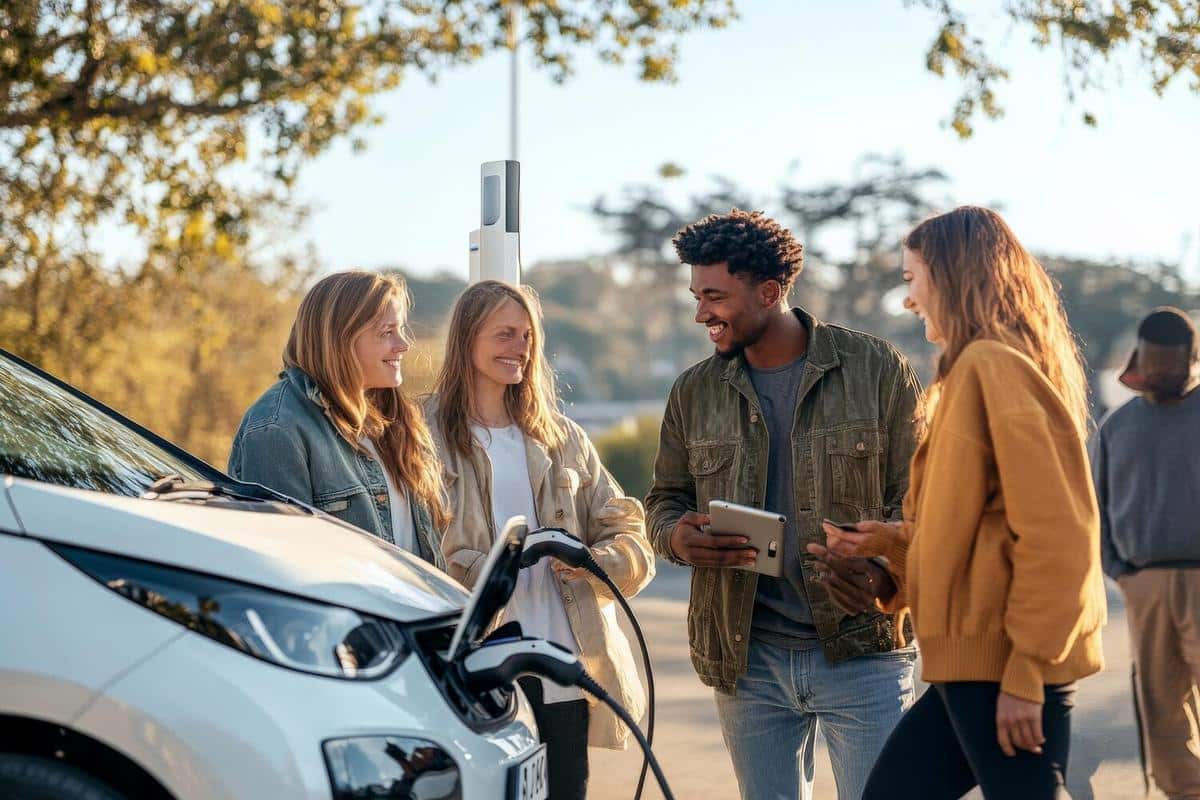
The Impact of Government Policies on the Electric Vehicle Market
The transformative shift towards electric vehicles (EVs) is not just a technological evolution but is significantly influenced by government policies globally. These policies are pivotal in steering the industry towards a sustainable future, impacting everything from consumer adoption rates to technological advancements.
The electric vehicle market is undergoing rapid transformation, largely driven by government interventions worldwide. Policies play a crucial role in shaping this market, from incentivizing consumers to invest in EVs to encouraging manufacturers to innovate and produce more sustainable vehicles. Let’s delve into how these policies impact the EV landscape.
Government Incentives and Consumer Adoption
One of the most effective ways governments encourage the adoption of EVs is through financial incentives. According to a report from the International Energy Agency, countries offering substantial subsidies and tax benefits see higher adoption rates of electric vehicles. For instance, Norway, with its robust incentive program, leads the world in EV adoption, with electric vehicles making up over 54% of new car sales in 2020.
Environmental Regulations and Standards
Governments are also setting stringent environmental standards to reduce carbon emissions, spurring automakers to transition from internal combustion engines to electric motors. The European Union’s regulations on CO2 emissions are compelling car manufacturers to innovate or face hefty fines, thus accelerating the shift towards electric vehicles.
Expert Opinions
Industry experts like Elon Musk emphasize the importance of supportive policies in driving the EV revolution. “Without government incentives, the pace of adoption would be significantly slower,” Musk noted in an interview with CNBC.
Infrastructure Development
Another critical area influenced by government policy is infrastructure development. The availability of charging stations is essential for widespread EV adoption. Countries like China and the Netherlands have made significant investments in charging infrastructure, leading to a more convenient and accessible network for EV owners.
| Country | EV Market Share (2020) | Government Incentives | Charging Stations per 100 km |
|---|---|---|---|
| Norway | 54.3% | High | 3.5 |
| China | 5.7% | Moderate | 2.1 |
| USA | 2.3% | Varies by state | 1.7 |
| Germany | 13.5% | Moderate | 2.8 |
| Netherlands | 25.0% | High | 4.0 |
| France | 11.2% | Moderate | 2.5 |
| UK | 10.7% | Moderate | 2.3 |
| Japan | 0.9% | Low | 1.8 |
Challenges and Considerations
Despite the positive impacts of government policies, challenges remain. Consistency in policy implementation, the high initial cost of EVs, and the need for continued investment in technology and infrastructure are significant hurdles.
Frequently Asked Questions
How do government policies affect electric vehicle prices?
Government incentives can significantly reduce the upfront cost of electric vehicles, making them more competitive with traditional cars.
Are all countries equally supportive of electric vehicles?
No, the level of support varies by country, with some governments offering substantial incentives and others less so.
Conclusion
In summary, government policies are a driving force in the electric vehicle market, influencing everything from consumer adoption to technological innovation. By understanding these policies and staying informed, consumers and manufacturers can better navigate the evolving landscape of electric vehicles. As the world continues to prioritize sustainability, the role of government in the EV market will only grow in importance.